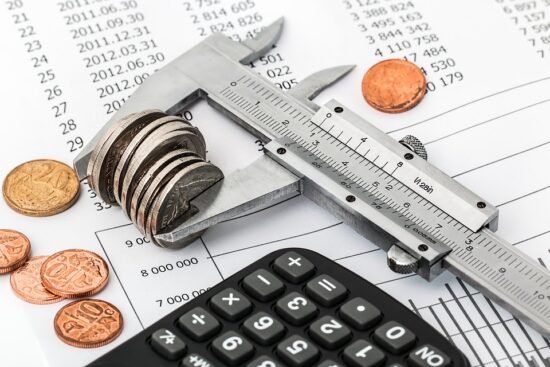Why pull incentives are key to catalysing private investment into antibiotics
The future of modern medicine is at an inflection point. Antimicrobial resistance (AMR) is on the rise, while our ability to protect people from infectious disease, a hallmark of health care today, is rapidly declining. After years of robust debate and careful analysis, policymakers around the world understand that stimulating innovation in research and development (R&D) requires innovation in policy. The G7 has repeatedly called[1] for pull incentives to support the development of new antimicrobials and countries such as Sweden and the United Kingdom have begun experimenting with these policies. Crafted appropriately and enacted in a timely fashion, pull incentives could bring private investment back into this critical field of medicine and spur a level of antimicrobial innovation not seen since the 1960s.
Pull incentives are essential to the future of antimicrobials because of the drugs’ unique risk-reward profile. Like many types of medicines, developing an antimicrobial is fraught with risk: they can require more than $1 billion and take upwards of a decade to move from discovery to market. In just about every other therapeutic area, investors and drugmakers can rely on the market to reward the development of impactful medicines through strong sales. Some of those profits are then recycled into future R&D investments that drive further innovations that benefit patients.
AMR NEWS
Your Biweekly Source for Global AMR Insights!
Stay informed with the essential newsletter that brings together all the latest One Health news on antimicrobial resistance. Delivered straight to your inbox every two weeks, AMR NEWS provides a curated selection of international insights, key publications, and the latest updates in the fight against AMR.
Don’t miss out on staying ahead in the global AMR movement—subscribe now!







